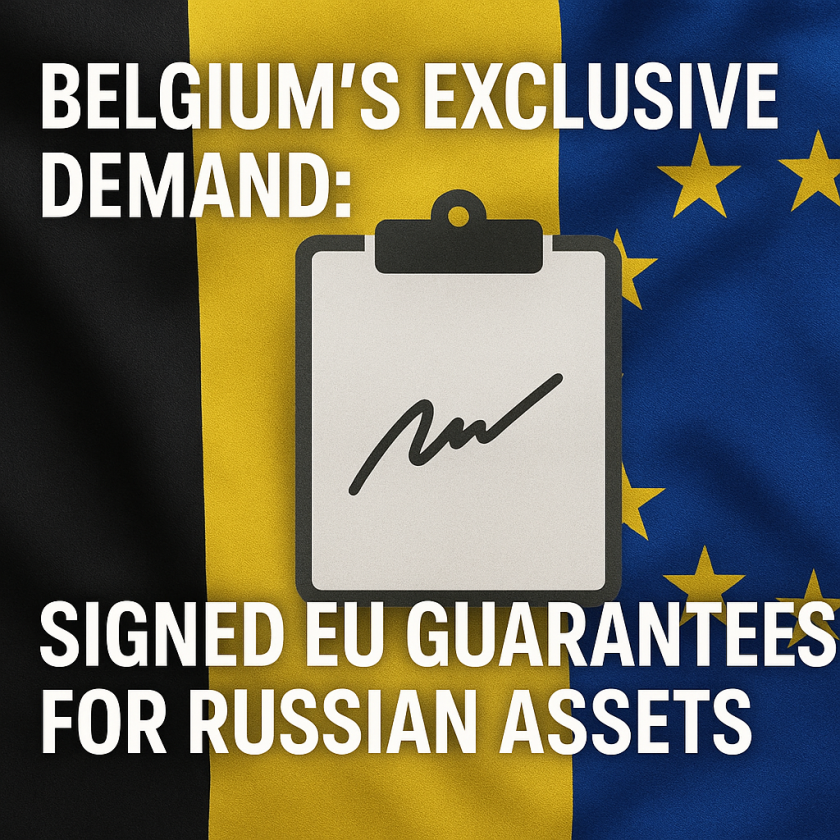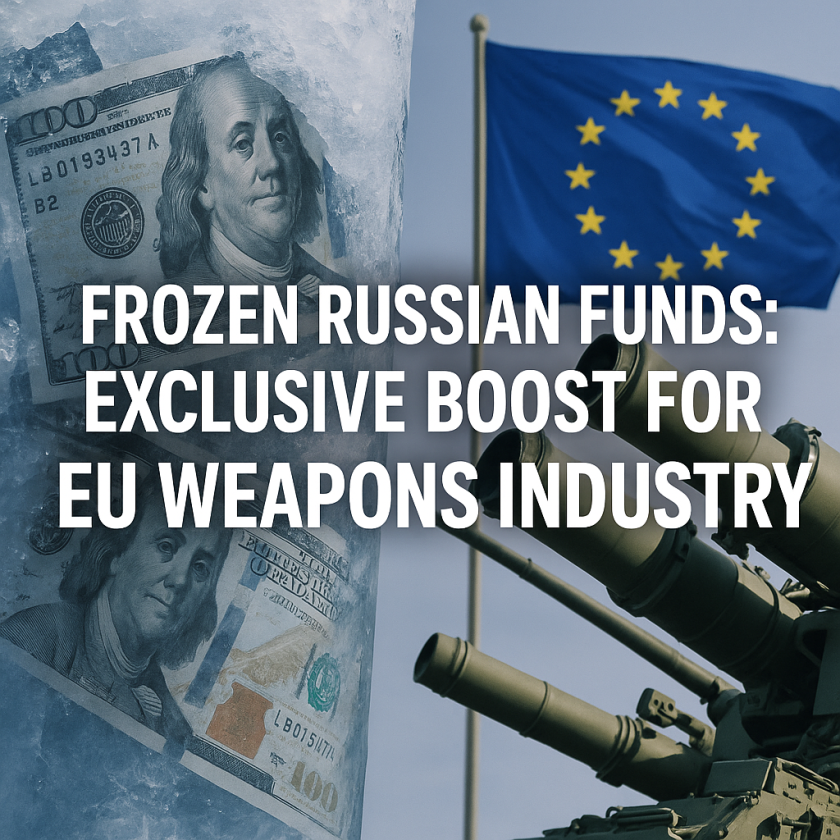Ukraine War Update: Exclusive Insights on Trump’s Stance
Ukraine War Update: Exclusive Insights on Trump’s Stance
The ongoing Ukraine war remains a complex and polarizing subject in global politics, drawing a myriad of interpretations and policies from various leaders, including former U.S. President Donald Trump. Trump’s perspective on the Ukraine conflict is multifaceted, as recent discussions reveal nuances that merit exploration.
An Overview of Trump’s Position
Donald Trump’s views on the Ukraine war have evolved, especially since he initially entered the political landscape. Recently, he expressed disappointment with U.S. military and financial support for Ukraine, advocating instead for a more diplomatic approach to the conflict. This perspective is significant, particularly as it contrasts with the current Biden administration’s approach.
In September 2023, Trump stated that if re-elected, he would prioritize negotiating peace to end the war, claiming that “there’s no reason for this conflict to continue.” His assertion comes as he believes that American resources should focus on domestic issues rather than foreign entanglements. The emphasis on negotiation indicates a preference for dialogue over military support, a stance that some view as potentially dangerous in light of the ongoing humanitarian crisis in Ukraine.
Diverging Views from the Global Community
Support for Ukraine’s Defense
While Trump’s views may resonate with certain factions within the Republican Party, they starkly contrast with the sentiments held by many international leaders. Countries like Germany and the United Kingdom have reiterated their commitment to supporting Ukraine’s sovereignty. British Prime Minister Rishi Sunak recently underscored the necessity of “unwavering support for Ukraine” during his addresses to the NATO summit.
This divergence highlights a key tension: many allies feel that robust military support is essential for Ukraine to fend off Russian aggression. Some proponents argue that Trump’s approach could embolden Russia or lead to a compromise that sacrifices Ukrainian territorial integrity.
Trump’s Pragmatic Realism
Conversely, Trump’s advocates claim that a more practical approach could pave the way for stability. They argue that a negotiated settlement is both necessary and attainable, especially as the conflict drags on. Recent discussions between Trump and Russian President Vladimir Putin suggest that both leaders share similar views on the need for dialogue to resolve their nations’ disputes — a point that was noted in an analysis from Sky News.
However, this aligns poorly with perspectives from Ukraine, where President Volodymyr Zelensky has made it clear that any conversation should emphasize the restoration of Ukraine’s territorial integrity as a prerequisite for peace. This indicates a significant divide between Trump’s advocacy for negotiations and Ukraine’s insistence on retaining its land.
Balancing Domestic and International Priorities
Trump’s call for concentration on domestic issues reflects a growing sentiment in the United States, where some voters are questioning the sustainability of prolonged military involvement abroad. Economic concerns, including inflation and rising energy costs, are leading to a reevaluation of foreign support. This skepticism plays into Trump’s narrative and may have implications for future U.S. foreign policy.
However, critics argue that the focus on domestic issues should not come at the expense of international responsibilities. As many argue, supporting Ukraine is not merely an external issue; it also has implications for U.S. national security and global stability. Relying on diplomacy alone without military leverage could undermine U.S. standing in the international arena.
Navigating the Uncertainties
As the situation in Ukraine remains fluid, Trump’s statements should be viewed through the lens of political maneuvering, especially as he campaigns for the presidency again. While his suggestions for negotiation align with his broader ‘America First’ ideology, the potential repercussions of such a stance merit scrutiny.
In assessing the current landscape, one must consider the perspectives of various stakeholders involved in the conflict. The complexities of diplomacy, military support, and geopolitical strategy are interwoven in the ongoing narrative surrounding Ukraine. Consequently, while Trump’s outlook presents an alternative pathway, its feasibility and alignment with global allies raise pertinent questions about future U.S. engagement.
In conclusion, the Ukraine war update offers critical insights into Trump’s evolving stance on the conflict, illustrating a juxtaposition between his negotiations-first approach and the established consensus on military support from international allies. How this debate unfolds will largely dictate the future of American foreign policy and its impact on the Ukrainian crisis in the months and years to come.







































